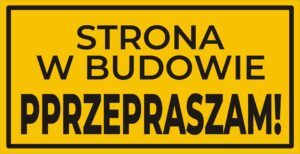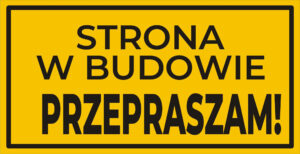



The card comes from the publication: Jan Amos Comenius, Świat rzeczy pod zmysły podpadających we czterech językach odmalowany y poprawiony, (Joh[annes]. Amos Comenii, Orbis sensualium pictus quadrilinguis emendatus), Warsaw 1770, pp. 312-315.
The graphic representation shows the interior of the saddler’s workshop (left) and the workspace of the ropemakers (right). Two ropemakers are spinning thread from hemp. A ropemaker (1) spins thread (2) from hemp fibers (4) wrapped around himself. The second ropemaker, sitting on a stool, turns a crank to move the ropemaking wheel (3). The drive is translated to a spinning hook on which the thread is attached. The work is done on a ropemaking track, along which the first ropemaker moves backwards, bounded by a fence, with a gate in the background. In the foreground are arranged the coiled yarn (5), cordage or cordage (6) and ropes (7).
(312)
LXXXI.
Restio & Lorarius
The Ropemaker and the Saddler
Graphic representation of a saddler’s workshop and ropemakers working on the ropemaking circuit.
Below and on the following pages were texts (known from other copies):
Restio, 1 m. 3. ropemaker, 1
contorquet spins
funes, 2 ropes, 2 (cordage) funis, m. 3. rope.
agitatione turning
rotulæ, 3 pegs, 3 rotula, f. 1. peg.
e stupa, 4 with carding, 4 stupa, f. 1. carding.
vel cannabi, or hemp cannabis, f. 3. hemp.
quamfibi circumdat. which ties around himself.
(313)
LXXXI
Im Buch der Richter Cap. XVI. V. 7. 9 [Book of Judges, 16, 7-9].
[Latin text].
And Samson answered her, if they had bound me with seven strands of raw threads, which have not yet withered, then I shall wither, and be as another man: but he hath broken off the threads, and as one would break off a thread that is scorched with fire: and the power thereof was not known.
[French and German text].
Le Cordier & le Ceinturier.
Der Seiler und Riemer.
Le cordier, 1 Der Seiler 1
En tournant drehet
Ion rouet, 2 Seile, 2
retord, cable durch Umdrehung
toutes fortes de Ordes, cordages 3 des Rads, 3
d’étouppe, 4 aus Werd, 4
ou de chanvre, orer hanff,
gu’il a mis autur de lui. So er um sich leget.
(314)
Sic fiunt Thus they make themselves
Primo forward
funiculi, 5 yarns, 5
tum restes, 6 then powroz, 6 (poitronki) reftis, f.3.
powroz.
tandem at the end
rudentes. 7 well or sailing ropes, 7 rudens, m. 3. Rope
[Further on Saddler]
Orbis Sensualium Pictus (The Sensual World in Pictures) published in 1658 in Nuremberg is the first book written with children in mind,. The author was Jan Ámos Komenský, also known as Komenius (1592-1670). He was a philosopher, reformer and Protestant thinker, but first and foremost a renowned Czech educator. He devoted his entire life to practical educational activities, compiling school textbooks and theoretically developing pedagogical and didactic issues, thus laying the foundation for modern pedagogical principles.
His best-known and highly regarded work Orbis sensualium pictus is an illustrated primer for the youngest children, published in Latin and German. The book was originally intended to be an improved version of the Latin reading book Janua linguarum reserata, designed to facilitate the mastery of Latin. However, when creating Orbis pictus, Jan Amos Komenský used for the first time a modern method combining a written text with a graphic representation of it in the form of numerous illustrations. This method was intended to simplify the process of transmitting knowledge to young students.
Orbis pictus was translated into many languages. The first four-language edition (Latin, German, Italian, French) appeared in 1666. A year later, a Polish translation came out of the printers. The book was also published in English, Czech and Hungarian. For a century after its publication, it was the most popular textbook in Europe and the prototype of modern language learning materials.
material / technique
paper, woodcut
dimensions:
height / width
9.3 cm / 10 cm
A. Fijałkowski, Orbis Pictus świat malowany Jana Amosa Komeńskiego, Warszawa 2008,
A. Fijałkowski, Tradycja i nowatorstwo w Orbis sensualium pictus Jana Amosa Komeńskiego, Warszawa 2012,
A. Fijałkowski, Jan Amos Komeński Świat w obrazach rzeczy dostępnych zmysłom, Warszawa 2015, Komenský Jan Amos.
Świat w obrazach opisany po polsku w dziele Jana Amosa Komenskiego wydanym w Brzegu w 1667 roku, Brzeg 2017,
Zobacz także